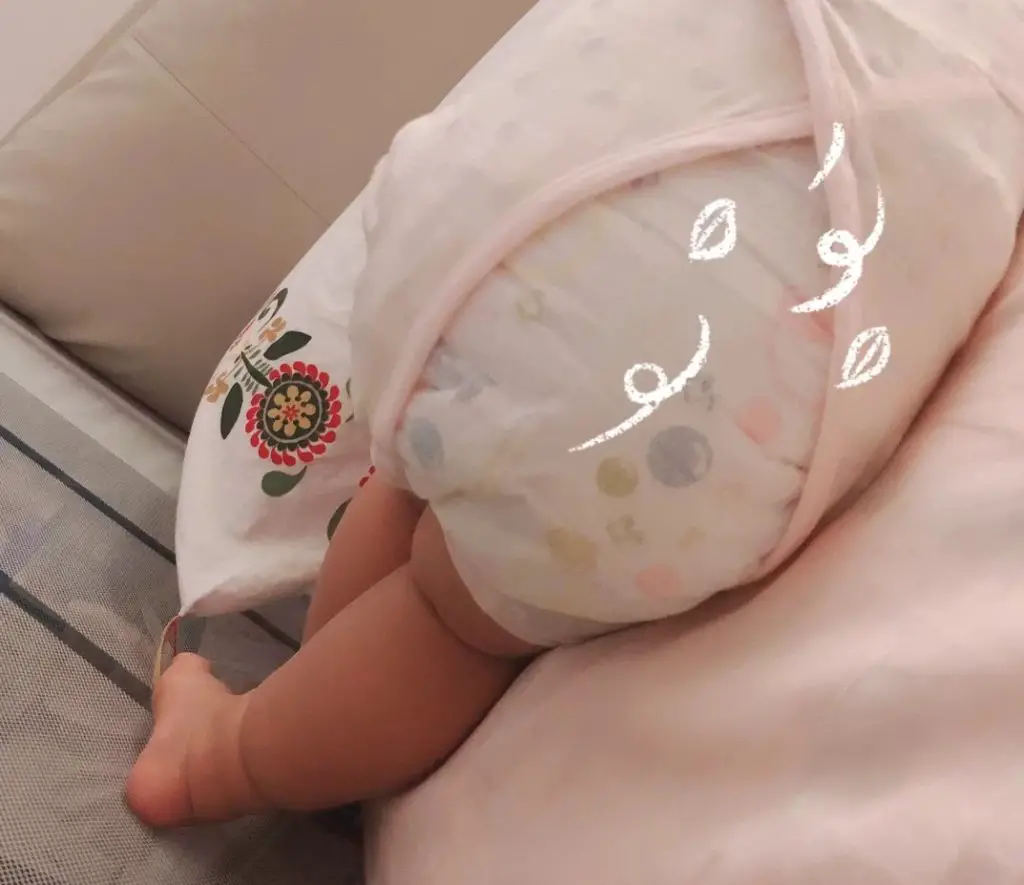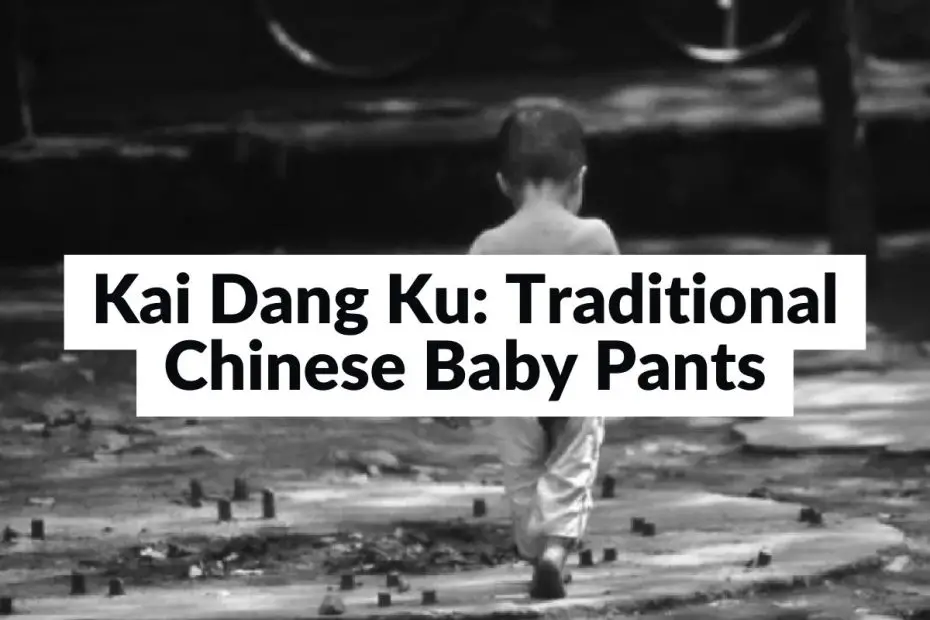For those who have visited China, the sight of babies and toddlers walking around with their butt cracks exposed or squatting on the street to relieve themselves is a common phenomenon.
These sights are made possible by the traditional split-crotch pants, or kai dang ku in Chinese, which have been used for generations in China as a tool in potty training before diapers became popular.
Why Chinese Babies Wear Kaidangku Split Pants Instead Of Diapers?
• Kaidangku split pants are traditional clothing worn by infants and toddlers in China.
• They are designed with an open crotch area that allows babies to relieve themselves without removing their pants.
• Kaidangku split pants are considered to be more practical and comfortable for babies in China, particularly in rural areas.
• Many parents in China believe that wearing Kaidangku split pants helps babies develop better motor skills as they can move more freely and explore their environment.
• Kaidangku split pants are typically made of soft, breathable fabrics like cotton, which are gentle on a baby’s skin.
• In contrast, diapers can be more expensive and are not always readily available in rural areas of China.
Learn more Chinese Cultural Quirks HERE. Why Chinese Spit? and Why Chinese Parents Spank Their Children?Benefits of Kaidangku:
1. The Economic Advantage

While Western parents spend hundreds to thousands of dollars on disposable diapers annually, which contributes to 3.5 million tons of waste per year in the US alone.
Chinese parents only need to buy a few pairs of split-crotch pants for their child’s entire toddlerhood.
2. The Practicality and Effectiveness
In pre-Mao China, cotton and water, which are key components of diapers, were scarce and better used for agrarian purposes.
People, however, were abundant. In those days, babies were raised by the whole family, not just the parents.
When a child needed to relieve themselves, there was always someone on hand to help the child into the squatting position and clean up afterward.
3. Elimination Communication
- First, it promotes early potty training, which can save parents time and hassle in the long run. As time has proven, babies reared in split-crotch pants can be potty trained up to 14 months earlier than their diaper-wearing counterparts.
- Second, it promotes a deeper understanding of the child’s behavior and strengthens the bond between parent and child.
- Third, it can potentially reduce the risk of health problems associated with prolonged diaper use such as urinary tract infections and skin irritation.
Is It Still Popular Today?

Despite their benefits, split-crotch pants are becoming increasingly rare in China, particularly in cities.
Nowadays, it’s not uncommon to see a diaper poking out of the opening in the pants or pants with entirely closed crotches.
The rise of diapers in China is due to aggressive marketing campaigns since the country’s opening in 1989.
Diapers have become one of the country’s unlikely status symbols, demonstrating wealth and busyness, as they are a more expensive alternative to split-crotch pants.
Conclusion:
While split-crotch pants may look unusual to foreigners, they are a deep-rooted Chinese tradition and one that should not be given up without a fight.
The pants are practical, economical, and effective, making them a wise choice for parents who want to save money and promote early potty training for their child.
FAQs:
Do kids in China not wear diapers?
Children in China traditionally wear Kaidangku split pants instead of diapers, particularly in rural areas.
However, in urban areas, the use of diapers has become more common in recent years, and many parents use a combination of Kaidangku split pants and diapers for their babies.
How do Chinese people potty train?
Potty training in China usually begins around 6 months of age.
Parents use various techniques to encourage their children to use the toilet, such as offering rewards, making a sound to signal the need to go, and using verbal encouragement.
Traditional potty training methods are still used in many parts of the country, particularly in rural areas where the use of Kaidangku split pants is more common.


